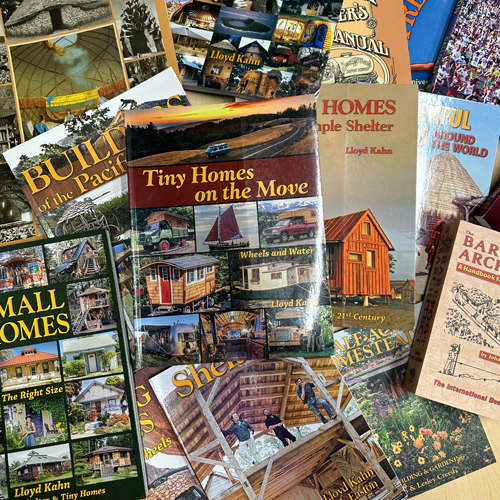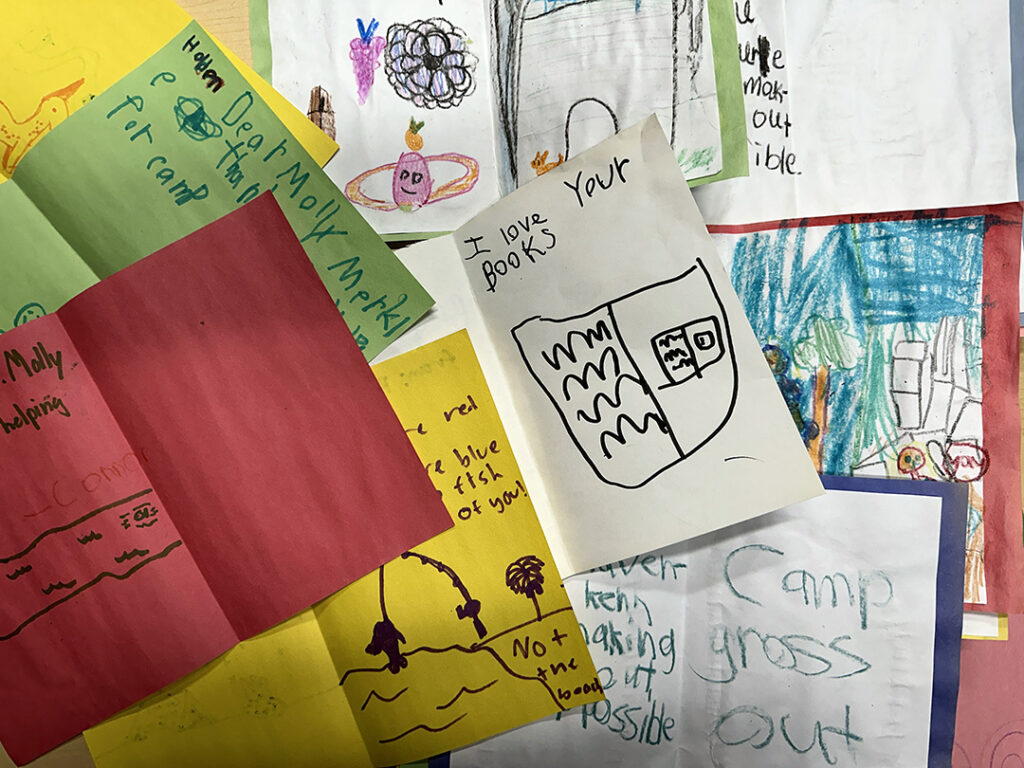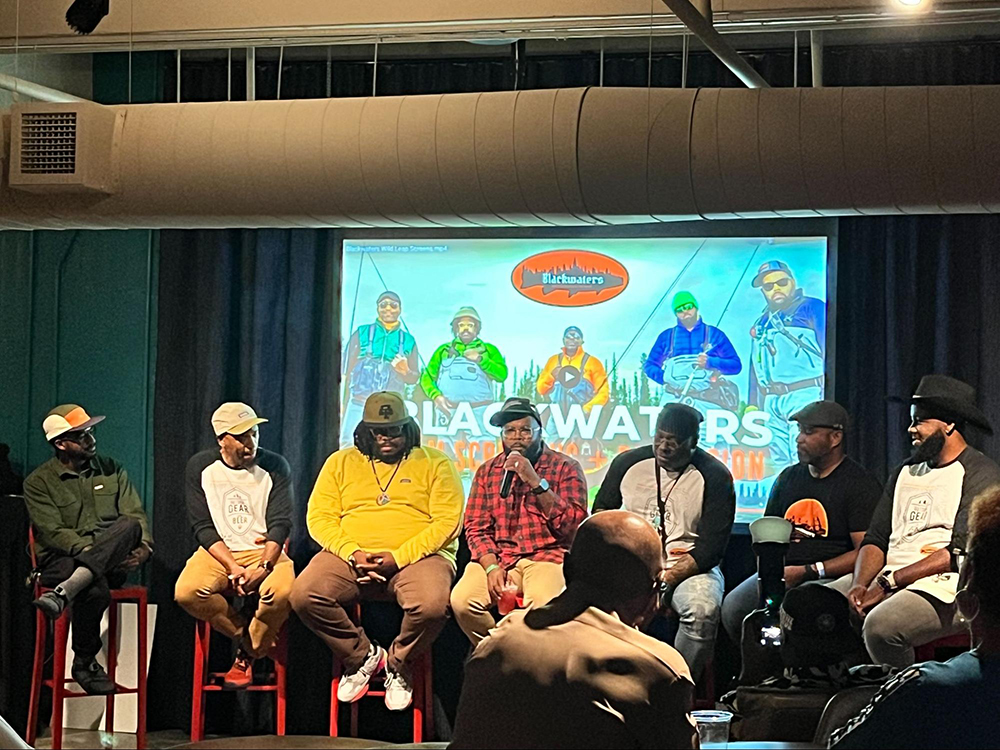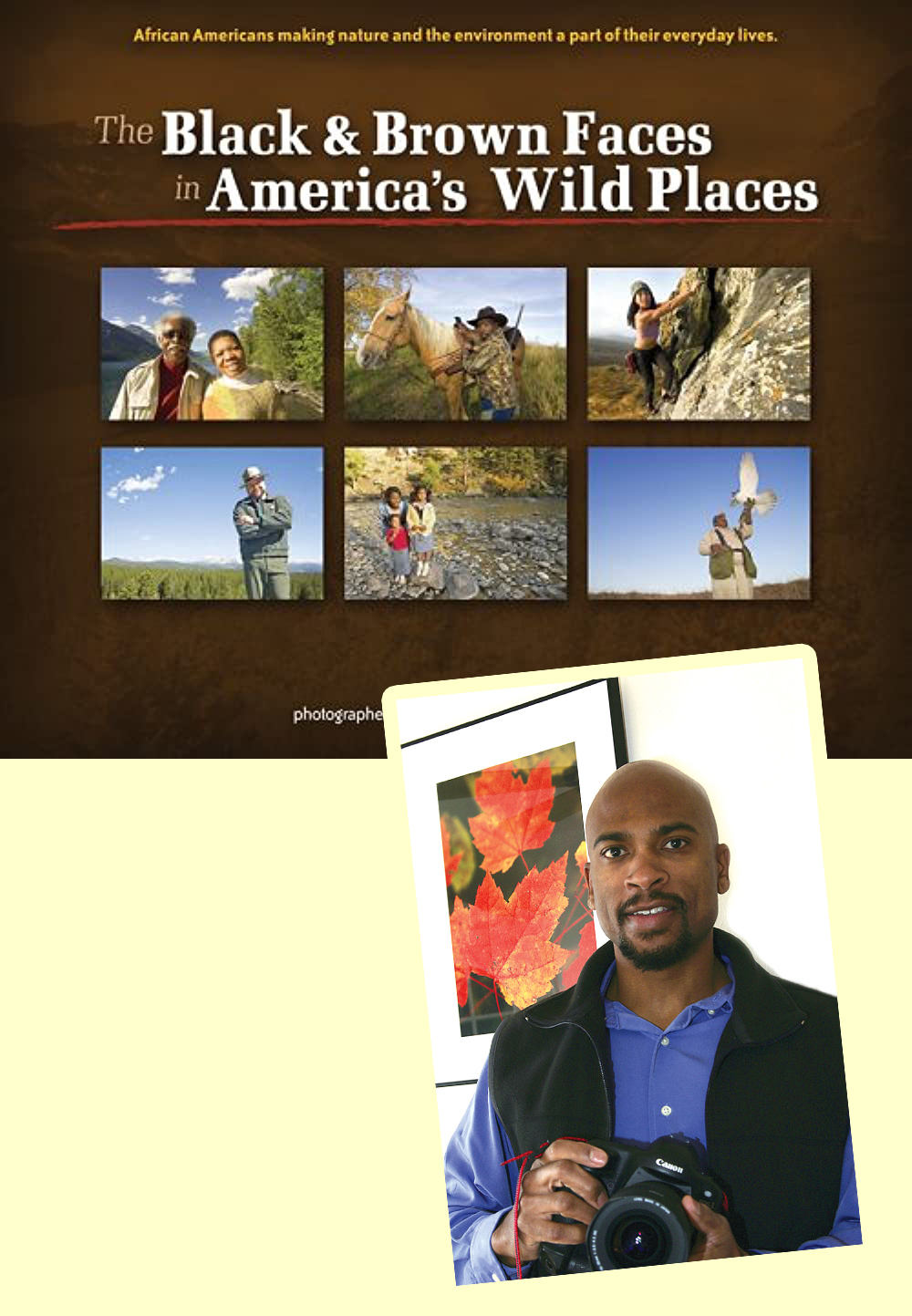
The AdventureKEEN Blog

Shelter Publications Joins AdventureKEEN
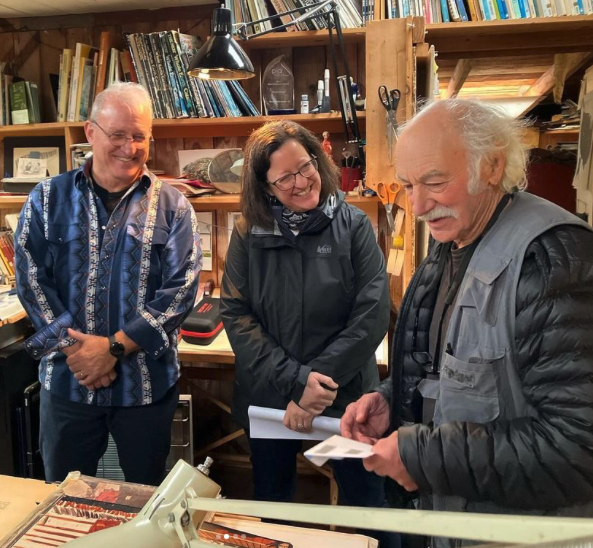
AdventureKEEN is excited to share the news that Shelter Publications has become the publishing group’s seventh imprint, effective January 1, 2024. Shelter Publications was founded by Lloyd Kahn and based in Bolinas, California.
“We are honored and appreciative to be able to shepherd the Shelter list going forward. Lloyd’s books have always been distinctive and smart. We’re pleased that we can continue his legacy of creating first-rate books that inspire and benefit readers around the world,” says Richard Hunt, president of AdventureKEEN.
Shelter Publications is a 50-year-old independent publisher known for its high-quality books about home building and personal fitness. With Lloyd’s start in the Whole Earth Catalog, Shelter’s building books (many written by Kahn), detail topics including small houses, campers, road rigs, houseboats, and much more. The long-selling fitness titles include Bob Anderson’s Stretching and (Jeff) Galloway’s Book on Running.
Publisher Molly Merkle adds, “Lloyd (aka “The King of D.I.Y. Dwellings”) has a voice and perspective that continues to resonate with readers. We are thrilled to carry forward his work and influence for future generations.”
“I’m more than excited to be working with AdventureKEEN in this next phase of my career. Our goals and aspirations are in sync, and I’m looking forward to this new relationship that will give me time to communicate via Instagram, Substack, and YouTube (and with an occasional book). We also look forward to having AdventureKEEN’s expertise and skills in marketing our Shelter Library of Building Books,” says Lloyd Kahn, Shelter founder.
Shelter’s administrative functions will transfer to AdventureKEEN’s Birmingham, Alabama headquarters. Lloyd will continue to author and promote the Shelter list.
“PGW has had a wonderful history with both publishers, and their shared sensibilities will allow Lloyd to continue to explore his many publishing ideas with an ideal and supportive partner,” says Kevin Votel, vice president of business development at Publishers Group West.
Publishers Group West (PGW) will remain the trade distributor of Shelter Publications. Established in 1976, PGW, an Ingram distribution company, is one of the top book vendors in the country, representing about 100 independent publishers, who together are publishing some of the most topical, innovative, literary, and award-winning books available today. PGW has been AdventureKEEN’s sales and distribution partner since 2007.
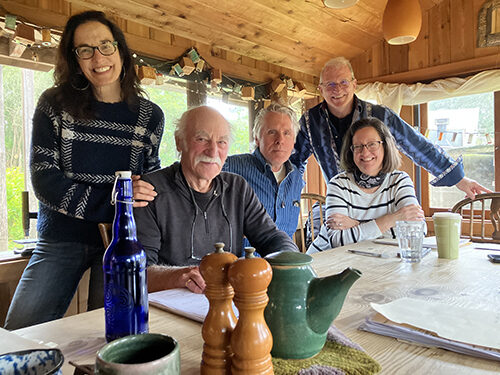
AdventureKEEN, headquartered in Birmingham, Alabama, with offices in Cincinnati, Ohio, and Cambridge, Minnesota, publishes 50-60 new titles annually, primarily on the subjects of nature, outdoor recreation, regional interest, and travel. The company has a backlist of 1000+ titles.
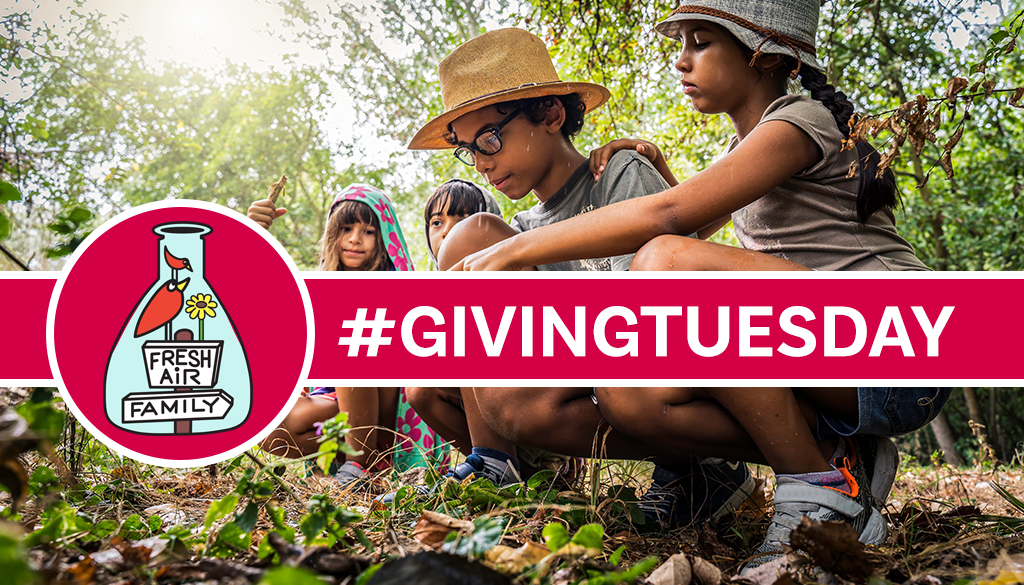
Support Fresh Air Family this #GivingTuesday
#GivingTuesday is today. It’s a day dedicated to the spirit of giving, and it’s an opportunity to come together and help get more kids outdoors learning to appreciate nature. So join us in supporting Fresh Air Family and its programs by buying books and nature guides.
We are proud to partner with Fresh Air Family in Birmingham, AL, as they offer lessons in science and life from their award-winning science camp, Gross Out Camp, weekend Family Adventures, school field trips, after-school programs, and more. But we can’t do it alone!
This is why we are donating 25% of all web order revenues to support their programs, science camps, Gross Out Camp, weekend Family Adventures, school field trips, and after school programs throughout Alabama. So join us as we supply books and money to Fresh Air Family and the kids they serve.
The outdoors means something different to everyone. The surrounding landscape offers community, inspiration, restoration, and a chance to explore. The outdoors also belongs to everyone. This is why it is so important to support efforts like Fresh Air Family so they can go about the work of introducing children from all over the Birmingham, AL, area to the woods, trails, fields, rivers, and streams around them.
So please join AdventureKEEN on this #GivingTuesday as we donate 25% of all web order revenues to the Fresh Air Family. And if you don’t need a book, please consider clicking over and making a donation directly via their webpage.
‘Blackwaters’ Film Showing in Atlanta
This past weekend, our publisher, Molly Merkle, made the trip to Atlanta, GA, to attend the screening of the new outdoor adventure film Blackwaters.
Blackwaters follows five black outdoorsmen of diverse backgrounds into Gates of the Arctic National Park. The film captures their outdoor adventures and conversations about life’s experiences and challenges as black men.
While at the September 30th showing, Molly had the chance to meet with AdventureKEEN author and wildlife photographer Dudley Edmondson and chat with other film members. Dudley was part of the film crew and the film’s senior editor. All of the cast members attended the event and participated in a moderated discussion.
The Blackwaters film crew is currently on tour with their movie. You can find other showings on their site. We recommend catching a viewing and participating in the conversation if you’re able.
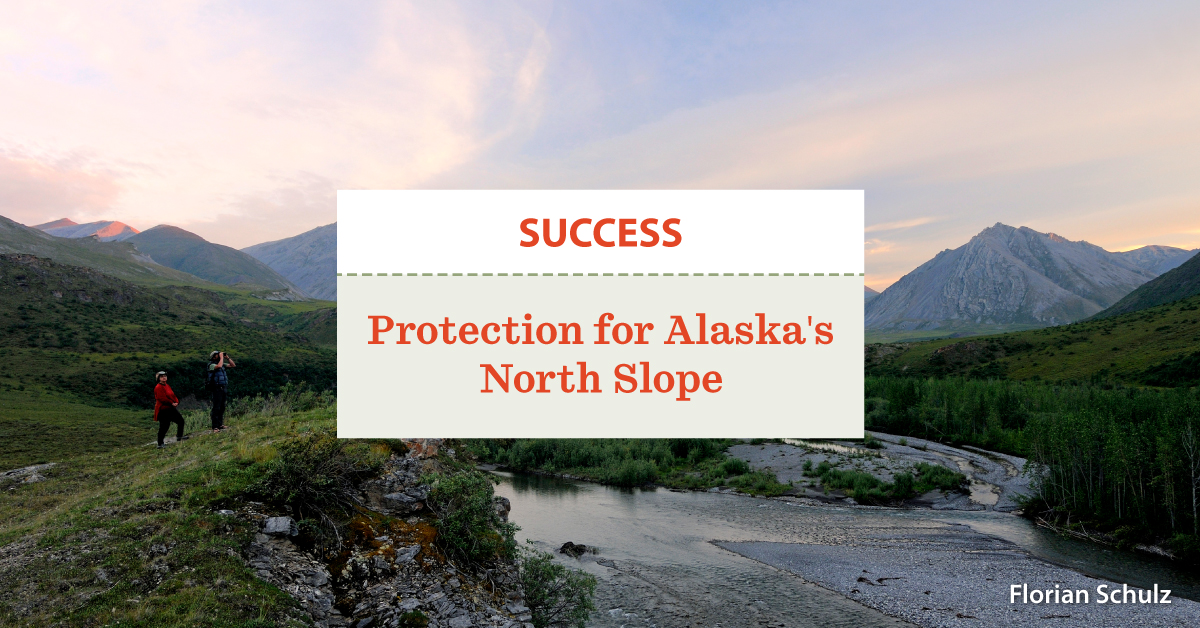
Arctic National Wildlife Refuge (Designation and Defense)
Last month, the Biden administration made a historic announcement to protect the Arctic National Wildlife Refuge and over 13 million acres in the National Petroleum Reserve in Alaska.
In 2021, leases had been sold to companies hoping to strike oil on the Coastal Plain, but the Department of the Interior is now proposing a ban on drilling for 10.6 million acres inside the National Petroleum Reserve, and limiting drilling for another 2.6 million acres. The proposal will designate the 13.2 million acres as “special areas,” preventing future administrations from stripping away these protections.
About The Arctic National Wildlife Refuge: For nearly twenty years, the Conservation Alliance has worked tirelessly to help protect the 19 million acre Arctic National Wildlife Refuge in Alaska. From trips to DC with business leaders to providing nearly one million dollars in grants since 2005, the impact of our members has been felt far and wide. The Arctic is the most funded project in TCA’s history. Grantees have included Alaska Wilderness League, Gwich’in Steering Committee, Audubon Alaska, Trustees for Alaska, and the Alaska Conservation Foundation.
Grantees:
- Alaska Wilderness League
- Gwich’in Steering Committee
- Audubon Alaska
- Trustees for Alaska
- Alaska Conservation Foundation
Learn more about this success at The Conservation Alliance’s website.
Welcome Our New Warehouse Manager
It’s the people who make AdventureKEEN exciting and fun, no matter which department they’re working in or what part of the country they call home. Get to know the members of AdventureKEEN through their day-to-day jobs, as well as their favorite things to pack for a hike.
We want to introduce Will Bowlin as we welcome him to the AdventureKEEN team.
Will joined us in June and has been directing shipping and logistics for the Birmingham, AL warehouse. If you have called in with a packing or website shipping question, Will has been part of the answer. Will’s background in warehousing, shipping, and logistics for the U.S. Army, along with his systems skills and organization, will be a great asset to the warehouse team.
“Now that we have completed a full inventory and I have learned the ins and outs of managing this type of warehouse, I am excited to use my years of experience as a Warehouse Manager in the Army, to implement new strategies and procedures that will increase productivity within this organization,” said Will.
While we couldn’t find a time when Will was sitting down, but we followed him around the warehouse for a minute and asked him the ever important question for an AdventureKEEN team member… ‘what’s always in your pack when going for a weekend hike?’
He replied with a solid list of dependable hiking staples that would make sure every hiker is prepared for an overnight outing.
- Water
- Food
- Compass or GPS
- Strobe light
- Flashlight or Headlamp
- Knife/utility tool
- 550 cord
- First aid kit
It’s this kind of planning and dependability that you can count on when you order from AdventureKEEN. We are so glad Will has joined the AdventureKEEN family!
Judie Johnson – Turning Points in Nature

In 2006 Dudley Edmundson conducted a series of interviews with African American outdoors-people that culminated in the book Black & Brown Faces in America’s Wild Places.
A lot has changed, in the world, and around the United States, in the 17 years since Black & Brown Faces in America’s Wild Places was first published. Yet, when reading through the interviews, it is easy to see the common themes and energy that link all of their experiences with the growing outdoor community who LOOK like them and share their passion for nature and the outdoors.
Over the coming months we will be sharing the interviews from Black & Brown Faces in America’s Wild Places here on our blog, and we hope you can find your voice to add to those celebrating their passion for the outdoors.
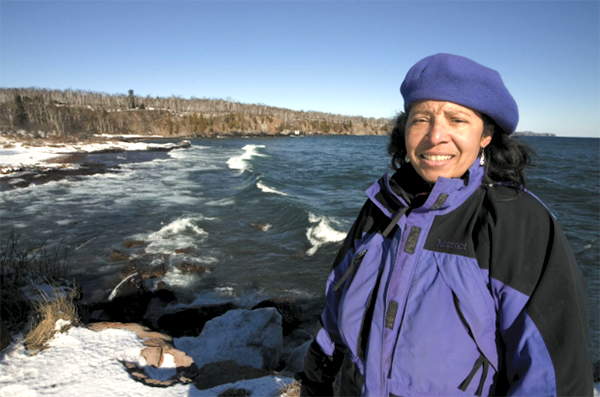
The following excerpt is taken from an interview with Judie Johnson back in the early 2000’s when she was the Executive Director, Gunflint Trail Association.
I am the Executive Director of the Gunflint Trail Association in northeastern Minnesota. The Gunflint is a vacation destination for people from around the region and the world. The 57-mile paved highway goes north out of Grand Marais, Minnesota, through some of the most beautiful wilderness areas you may ever see, and turns west, ending on Saganaga Lake near the Canadian border. People visit the trail to access the Boundary Waters Canoe Area. There is so much to do off the Gunflint at any time of the year, including fishing, camping and hiking and skiing in the winter. You can watch wildlife at all times of the year. Moose, bears, wolves, deer and a host of other cool animals make the area their home. The best part about my job is telling tourists how to have fun in a place that I love.
By most people’s standards, Grand Marais would seem very remote. Most of what we do here is outdoors. Closest movie theater or shopping mall is 75 miles away. I tell people, “There is Lake Superior, it’s right there in front of you. It is the largest freshwater lake in the world, and you can’t find anything to do?”
Childhood Experiences and Turning Points in Nature
As a child growing up in Chicago, Illinois, in the Lake Meadows area, I got to experience a lot of Chicago’s Lake Michigan waterfront and some of the parks there.
My father’s parents lived on a farm near Alton, Illinois, close to St. Louis, until their deaths, so we were at the farm quite a bit. My father and my grandfather and uncles would be on tractors, so I would be out there watching them work or following them around. It was a working farm—cows, chickens, horses and pigs. They raised most of their food. We got to do all those living-off-the-land things that most kids don’t get to do. The area where my grandparents farm was and is still a little wild, but with urban sprawl I think it will all be gone in a decade or so, which is kind of sad.
Our family took vacations a lot during my childhood, which a lot of blacks did not get to do back then. We would go for two to three weeks. We would camp and stay in hotels. My sister and I read National Geographic, so we would plan vacations using information in them. We traveled all over. We were a curious family, wanting to see things we had never seen before—my parents nurtured that.
One year we took a trip from Chicago across the country to Yellowstone National Park, the Painted Desert, Mesa Verde National Park and a few other places. We visited my father’s brother and my mother’s aunt in L.A. Then we went up the coast and camped at Big Sur. Then we went to the Hearst Castle of W. Randolph Hearst, the millionaire, in San Simeon. There was a black guy there who was a tour guide and he gave us a private tour, so that was pretty cool. After that we went up to San Francisco. From there we stopped at Yellowstone, the Tetons, then through the Badlands of the Dakotas, eventually making our way back to Chicago. We stayed at a lot of national parks and some state parks.
On another trip we visited Lake Louise in Jasper, Canada, then went out on the Athabaska Glacier. I was so excited that my heart was going a mile a minute when we got out of the snow tracker, the vehicle that they take you out on the glacier in. They told us all about the formation of the glacier. As the guide was talking, I could see over in the distance there was a group of people. So I told my father, “Let’s go see who they are.” So we went over, and I was pleased to find out it was none other than a National Geographic magazine crew out working on an upcoming project. So I, of course, was extremely excited, to say the least. I got to talk with them and find out what they did and why they were over there. They sent me a special reprint of that copy of the magazine, which was really cool.
What I Do in the Outdoors
I actually bought land here, knowing that some day I wanted to move here. One day I was sitting at home in Minneapolis trolling their local paper and there was the Gunflint Trail Association director job. I thought to myself, “OK, by the time I am ready to move up there, something like this is bound to come up open again.” So my sister called me on the last day they were accepting applications for that job and said, “If you don’t apply, I will get an old copy of your resume and send it in.” I said, “OK, fine,” and I faxed in a current version of my resume to the office. I got a call within a few hours of sending the fax. Long story short, they made me an offer. So I accepted the job.
I remembered my mother telling me that when I was 10 years old I returned from a summer camp in Wisconsin and announced that I was moving to the woods when I grew up. So when I moved up here to Grand Marais, it was no shock to her. I am pretty sure I am the only black woman living in the whole town. People asked my mom, “What is wrong with Judie?” And she told them, “Judie told me she was moving to the woods a long time ago, and now she has finally done it.”

